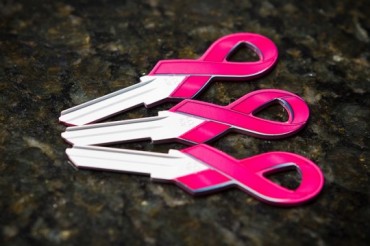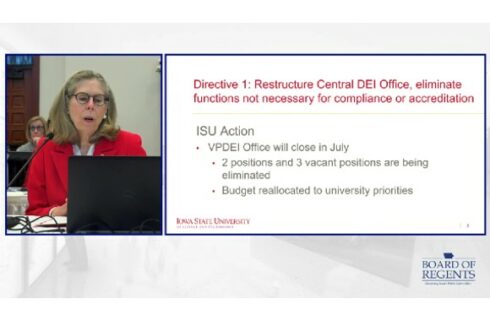
OPINION
Breast cancer is the second-leading cause of cancer deaths in the nation, and spreading awareness of and raising money for breast cancer research is a noble cause.
That’s why the profiteering off breast cancer every October is not only nauseating, it’s unethical.
Football games. Grocery stores. Shopping Malls. There is no escaping pleas to buy pink during breast cancer awareness month.
It’s one thing to raise money for a cause, but it seems there’s hardly a company in the nation that has not glommed on to what is easily the most politically correct disease in the nation to earn a few extra bucks.
A recent spin through the grocery store found items as mundane as coffee and soup cans touting little pink ribbons, begging shoppers to buy them – it’s for a good cause. Nevermind only a few cents per-purchase goes toward breast cancer research.
For the retail-inclined, those perusing the women’s section at Macy’s were urged to buy a $40 pink sweatshirt – because at a minimum, a whopping $1 per purchase would be donated to breast cancer research.
Corporations tout pink products and boast proceeds fund breast cancer research, but often well-intentioned consumers are not aware of the fine print, or don’t realize just how little ends up funding that important research.
Take the NFL’s A Crucial Catch program, one such example of a lot of pink hype, but not necessarily for the right reasons. Business Insider reported this month that “only 8.01 percent of money spent on pink NFL merchandise is actually going towards cancer research.”
If the NFL were truly interested in raising awareness and finding a cure for breast cancer, one would assume they would find a way to donate significantly more of their profits to the cause. Consequently, one has to wonder if their pink merchandise is simply another marketing ploy to lure female customers.
What’s more, any company can put a pink ribbon on their products, as the symbol is not regulated. Some companies will also set a cap on the amount they are willing to donate, yet will not inform consumers once said cap has been met.
These misleading tactics occur so often that the website ThinkBeforeYouPink.org encourages shoppers to find out how much a company will donate and which charity those proceeds are headed toward before purchasing anything that has a pink ribbon slapped on it in the name of breast cancer research.
And it’s not just corporations who have misguided motives toward breast cancer research – the Susan G. Komen organization itself deserves some investigating.
With many high-level employees at Susan G. Komen making upwards of $300,000 annually, and their CEO being paid $684,717 a year – even in the face of declining profits no less – it is difficult to see the organization as nonprofit establishment. Those salaries are more fitting of Fortune 500 executives.
In addition, according to a breakdown on Charity Navigator, more than $22 million a year is spent on administrative expenses alone. That number does not even include an additional $38 million a year in fundraising expenses.
So much money is directed toward non-cure-finding efforts. This makes sense, because if a cure to breast cancer was found, donations would dry up. It is almost counterintuitive for the organization to support finding a “cure.” Its research on alternative and Chinese medicine speaks for itself: “No studies have been conducted.”
It’s time we stop buying into the pink hype. Those who want to help the cause should donate to a local cancer-focused nonprofit, and wear whatever color they want.
Fix contributor Annica Benning is a student at Arizona State University.
Click here to Like The College Fix on Facebook. / TWITTER: @CollegeFix




Please join the conversation about our stories on Facebook, Twitter, Instagram, Reddit, MeWe, Rumble, Gab, Minds and Gettr.